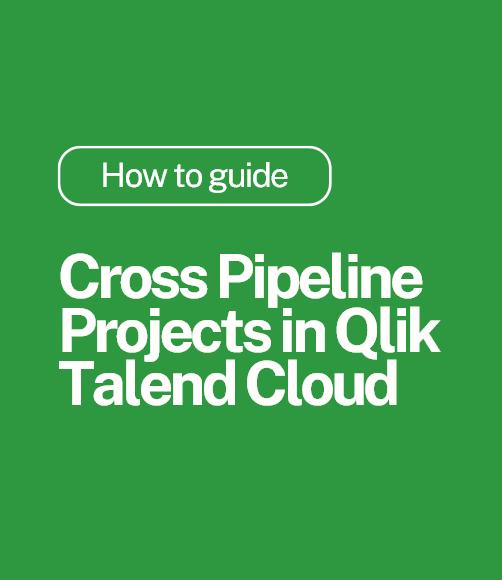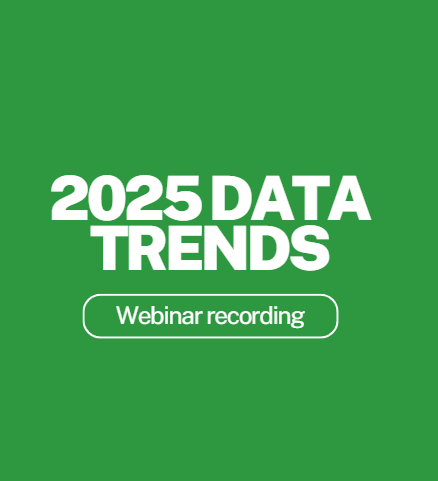How to set up GitHub version control in Qlik Talend Cloud
Version control is key to all developers, whether that be in software development, personal project or data engineering. If you have managed code, you have likely heard of Git.
In this guide, we'll walk through setting up GitHub integration in Qlik Talend Cloud and show you how it transforms the way you manage data integration projects.

1. Setting up GitHub
First, you'll need a Personal Access Token from GitHub. Head to GitHub's Settings page, then navigate to Developer Settings where you'll find the Personal Access Token section.
Create a token with repository management permissions - you'll need this for authentication. While you're there, create a blank repository in your organisation for your project.
2. Connecting GitHub with Qlik Talend Cloud
Opening Qlik Cloud Data Integration, you'll notice the new GitHub icon on your projects and homepage. Click it to open the 'Edit GitHub Configuration' panel.
Enter your newly generated token and your GitHub organisation's name, then test the connection to ensure everything's working correctly.

3. Linking your first project
To connect a project to GitHub:
- Click the GitHub button within your project
- Select your repository from the list
- Keep the default base path
- Add your first commit message
- Click OK to sync your project
Once synced, your entire project will be stored in the GitHub repository.

4. Working with branches
After the initial setup, you'll see 'main' in your project interface.

The GitHub menu now offers several options:
- Push changes to the current branch
- Pull changes from remote branches
- Create new branches
- Switch between branches
- Delete branches
When creating a new branch, you'll notice two options:
- Branch Name: Standard Git branch naming
- Prefix all schemas: This clever feature lets you test changes by creating separate database schemas for your branch work, keeping your main branch untouched. You can manage this through the Settings -> 'Metadata' tab.

5. Merging changes
The merge process is straightforward:
- Create a pull request in GitHub to merge changes into the master branch
- Once merged, head to the main branch on your Qlik Cloud project
- Apply remote changes
A UI will appear where you can view the raw changes from your last project update locally in Qlik Cloud.
In our example, we changed a key field on a source table. Keep in mind you'll still need to go through your project and validate and prepare the changes to bring the data itself up to date.
Summary
This GitHub integration is a big step forward for Qlik's enterprise capabilities. While we're eager to see support for GitLab and Azure DevOps in future releases, the current GitHub integration delivers the version control capabilities most teams need.
Need help setting up version control in your Qlik environment? Our team is here to help - get in touch to learn more.





Comments